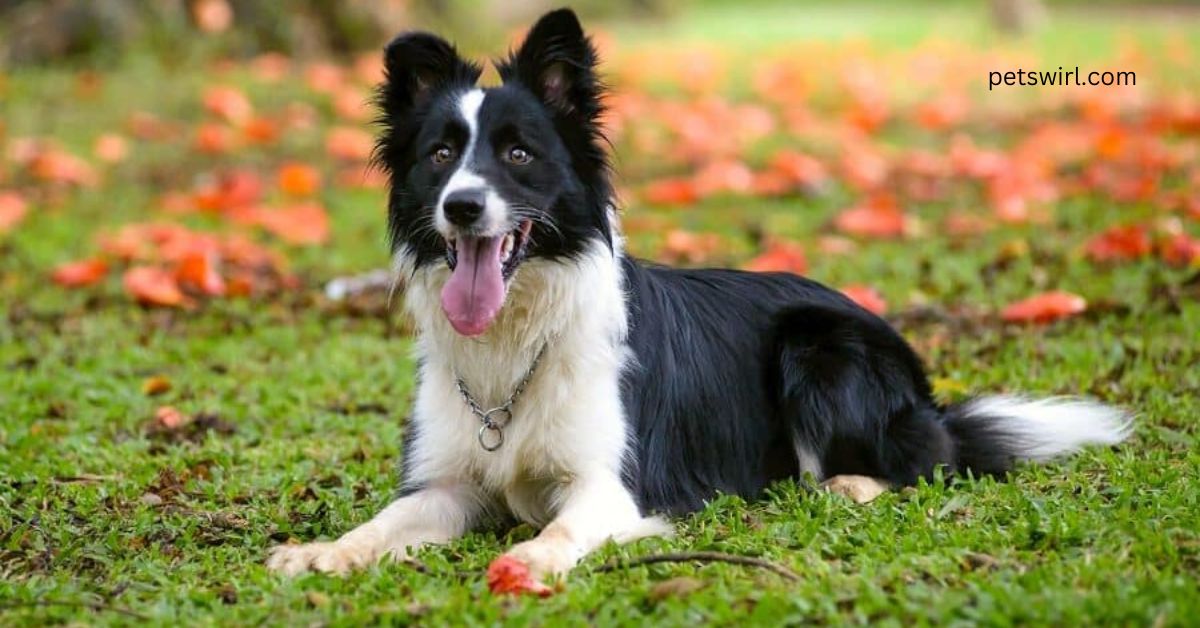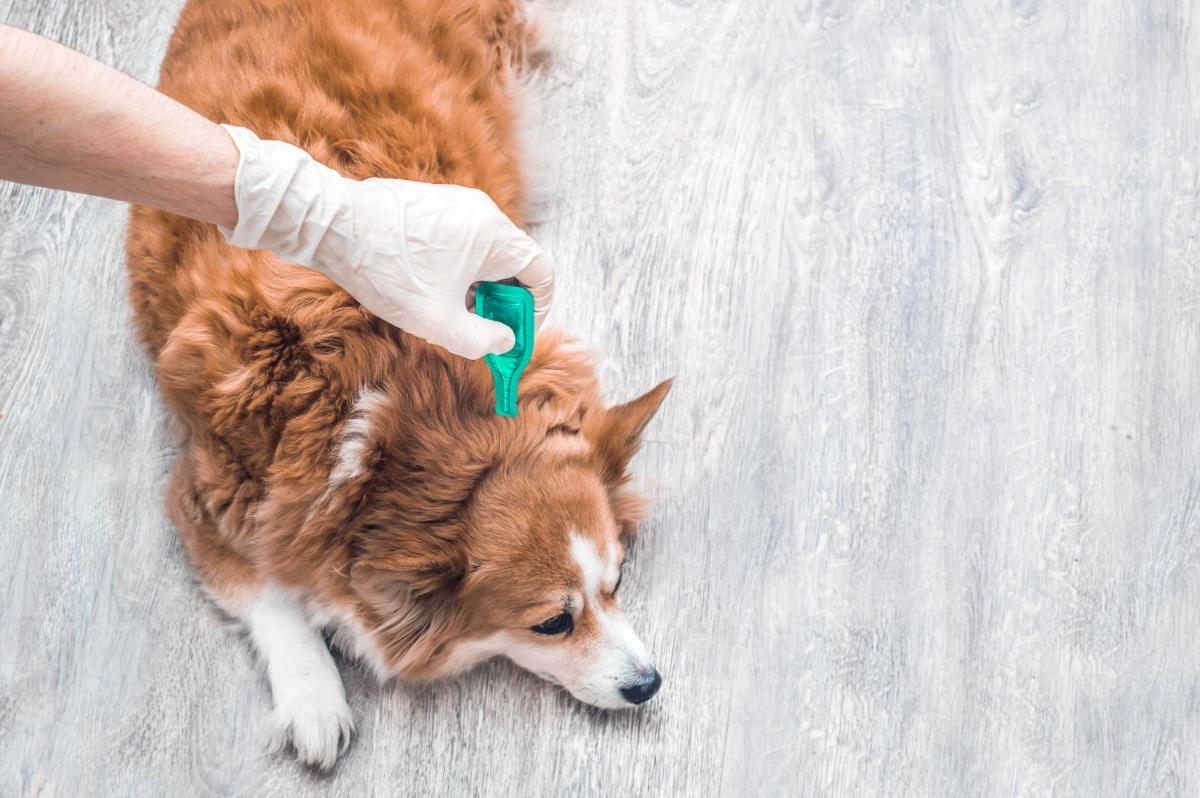Giardia in dogs is a common parasitic infection caused by the Giardia parasite. While it’s often not life-threatening, it can cause gastrointestinal issues and discomfort in dogs. Understanding how dogs contract giardia, how to recognize its symptoms, and how to treat and prevent it can help you ensure your pet stays healthy.
Table of Contents
What is Giardia?
Giardia is a microscopic parasite that lives in the intestines of infected animals, including dogs. It is primarily transmitted through contaminated water, food, or feces. The parasite can be found worldwide, and dogs can get giardia by ingesting the parasite’s cysts. Once ingested, these cysts release the parasite, which attaches itself to the intestinal wall, causing inflammation and symptoms such as diarrhea and vomiting.
How Do Dogs Get Giardia?
Dogs get giardia by consuming or coming into contact with the parasite’s cysts. These cysts are typically found in water sources contaminated with feces from infected animals, including other dogs. For example, a dog may drink from a puddle or lake where infected feces have washed into the water. Giardia in puppies is especially common, as they are more likely to explore their environment and ingest contaminated substances.
Contaminated surfaces such as soil, grass, and food can also be sources of transmission. Dogs may pick up the parasite by licking surfaces or other dogs that have been exposed to giardia infection.
Symptoms of Giardia in Dogs
One of the most common signs of giardia in dogs is persistent diarrhea, often with a foul odor or greasy appearance. Some dogs may also experience vomiting, dehydration, weight loss, and general lethargy. The symptoms can vary depending on the severity of the infection and the dog’s immune response. Symptoms of giardia in dogs may appear as early as a few days after exposure, but in some cases, dogs can be asymptomatic carriers.
Here are the key symptoms to watch for:
- Diarrhea (often greasy or foul-smelling)
- Vomiting
- Weight loss
- Dehydration
- Fatigue or lethargy

How to Diagnose Giardia in Dogs
If you notice the above symptoms in your dog, it’s crucial to seek veterinary care for a proper diagnosis. Diagnosing giardia in dogs typically involves a stool sample test. Your vet will examine the sample for the presence of giardia cysts or may recommend a more specific test, such as an enzyme-linked immunosorbent assay (ELISA) test. Diagnosing giardia can sometimes be challenging because the cysts may not always be present in every stool sample.
Treatment for Giardia in Dogs
Once giardia is confirmed, treatment for giardia in dogs usually involves a combination of medications. The most common treatments include metronidazole and fenbendazole, both of which help eliminate the parasite from the dog’s system. In some cases, your vet may prescribe a combination of these medications to increase the likelihood of success. Treatment typically lasts for five to ten days.
In addition to medication, it’s essential to focus on hygiene and cleanliness during and after treatment to prevent reinfection. Regularly cleaning your dog’s bedding, toys, and water bowls can help minimize the risk of re-exposure.
Can Humans Get Giardia From Dogs?
While giardia in dogs is contagious to other animals, it’s less common for humans to contract giardia from dogs. However, it is still possible. The risk of transmission increases if a human accidentally ingests the cysts from contaminated surfaces or the dog’s feces. Therefore, it’s vital to maintain proper hygiene, especially after handling your dog’s waste. Wash your hands thoroughly after cleaning up after your dog, and make sure that your dog’s living space is clean.
Preventing Giardia in Dogs
Prevention is key when it comes to managing giardia in dogs. Since the parasite is commonly transmitted through contaminated water and surfaces, taking steps to minimize your dog’s exposure to these sources is essential.
Here are some tips for preventing giardia in dogs:
- Avoid stagnant water: Don’t allow your dog to drink from puddles, lakes, or other standing water sources, especially in areas frequented by other dogs or wildlife.
- Practice good hygiene: Keep your dog’s living environment clean, including regular washing of bedding, toys, and bowls.
- Regular grooming: Bathe your dog regularly, especially if they’ve been playing in potentially contaminated areas.
- Proper waste disposal: Always clean up after your dog to prevent fecal contamination of their environment and reduce the risk of infection.
Giardia in Puppies
Giardia in puppies can be particularly concerning because their immune systems are not yet fully developed. Puppies are more susceptible to infections and may experience more severe symptoms than adult dogs. It’s essential to monitor your puppy closely for any signs of giardia and ensure they receive prompt treatment if infected. Proper vaccination, regular vet check-ups, and hygiene are critical to keeping your puppy safe from giardia.
Also read: Benefits And Reviews of Badlands Ranch Dog Food
Giardia in Older Dogs
Similarly, giardia in older dogs can pose unique challenges. Senior dogs often have weakened immune systems, making them more vulnerable to infections. Older dogs with giardia may struggle with recovery, so a veterinarian’s guidance and thorough treatment are essential.

Natural Remedies for Giardia in Dogs
Some pet owners may prefer natural approaches to treat giardia in dogs. While traditional medications are the most effective, some natural remedies can complement the treatment plan. For example, natural remedies for giardia in dogs include probiotics, which can support gut health and strengthen the immune system. Another option is feeding your dog a bland diet to ease gastrointestinal distress.
However, it’s essential to consult with your vet before using any natural remedies, as they may not be sufficient on their own to eliminate the parasite.
Giardia Life Cycle in Dogs
Understanding the giardia life cycle in dogs helps explain how the parasite thrives and spreads. Giardia exists in two forms: trophozoites and cysts. The trophozoites are the active form that lives in the intestines and causes symptoms, while cysts are the dormant form excreted in feces. These cysts can survive in the environment for weeks and infect other animals when ingested.
The giardia parasite moves from the environment into the dog’s body through ingestion. Once in the intestines, the parasite transforms into its active form, causing inflammation and symptoms. Cysts are then passed in the feces, continuing the cycle of infection.
Best Dog Food for Giardia Recovery
During and after giardia treatment, a proper diet is crucial for your dog’s recovery. The best dog food for giardia recovery should be easily digestible and low in fat. Bland diets consisting of boiled chicken, rice, or specialized veterinary diets can help soothe the gastrointestinal system and allow it to heal. You may also consider incorporating probiotics and digestive enzymes to help restore gut health.
Conclusion
Giardia in dogs is a common but manageable condition. With proper prevention, early detection of symptoms, and effective treatment, your dog can recover fully and stay healthy. By understanding the symptoms of giardia in dogs, ensuring good hygiene practices, and providing the right diet during recovery, you can minimize the risk of infection and keep your dog safe from this intestinal parasite. Regular vet check-ups and vigilance are the best ways to protect your pet from this parasite and other common health issues.





